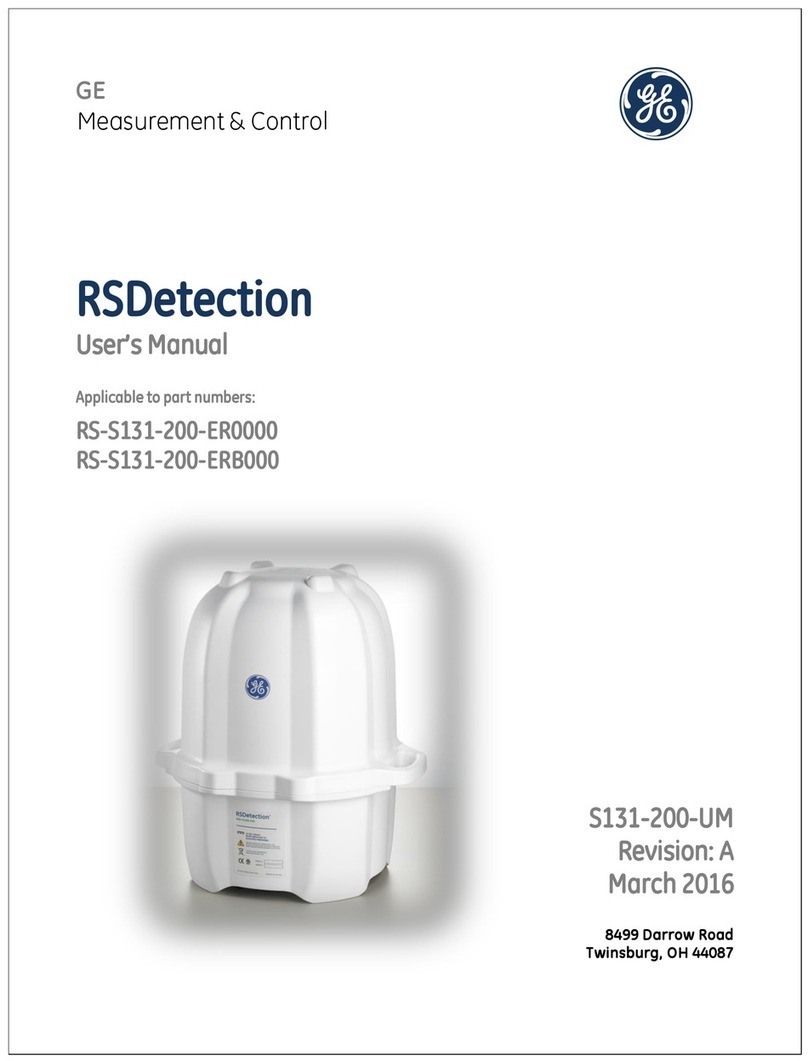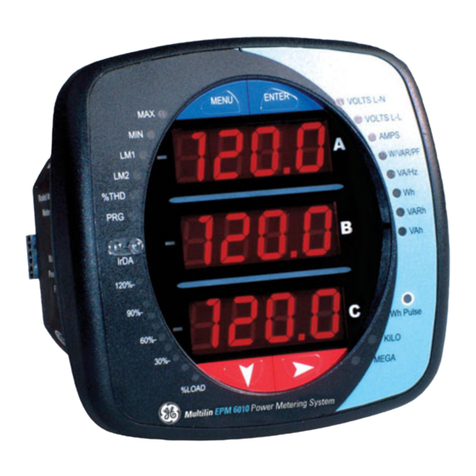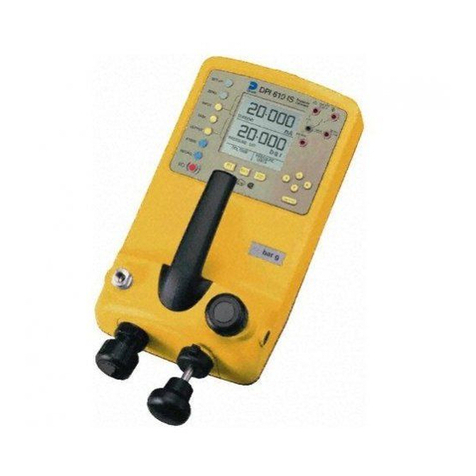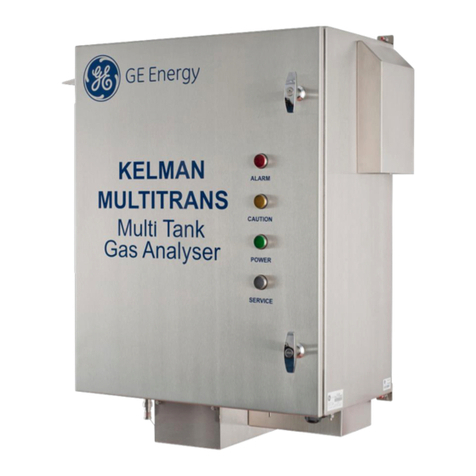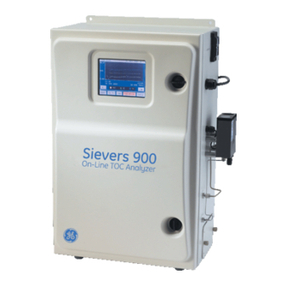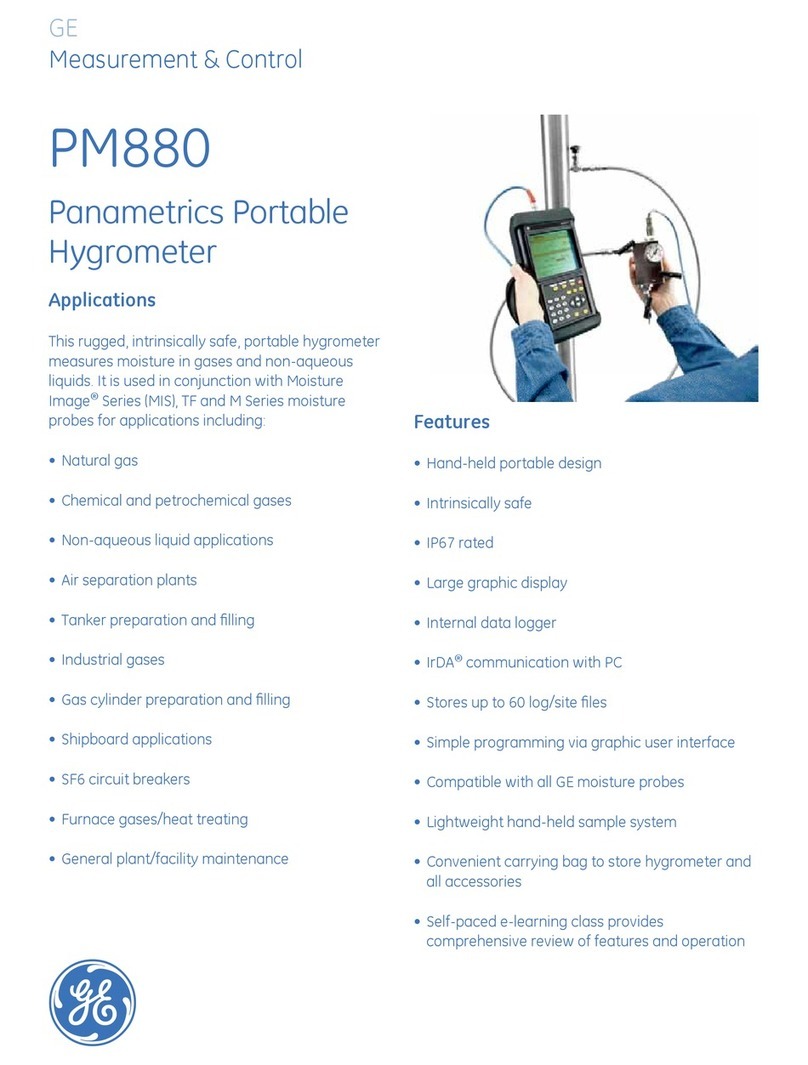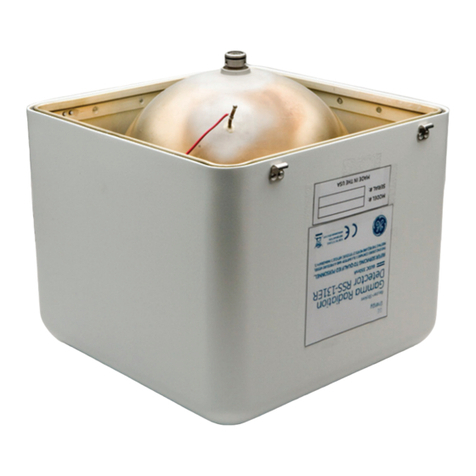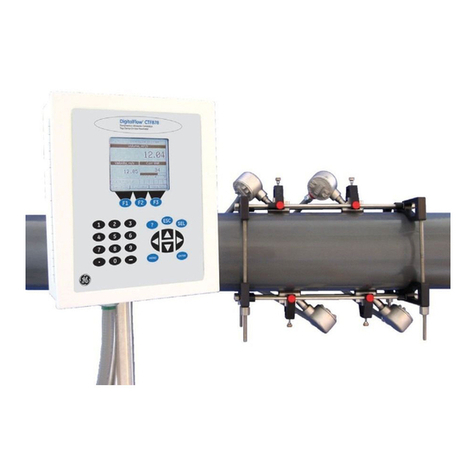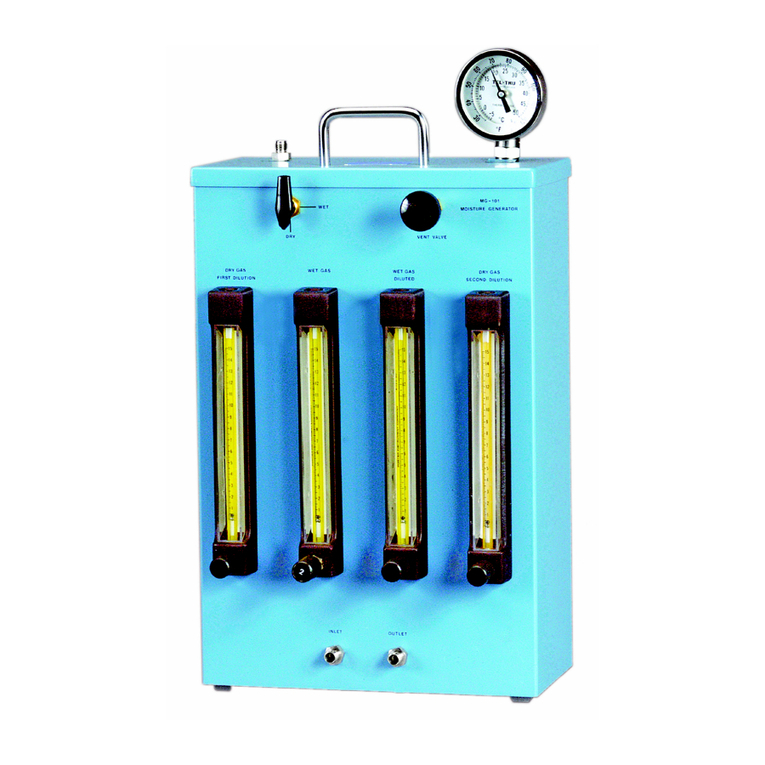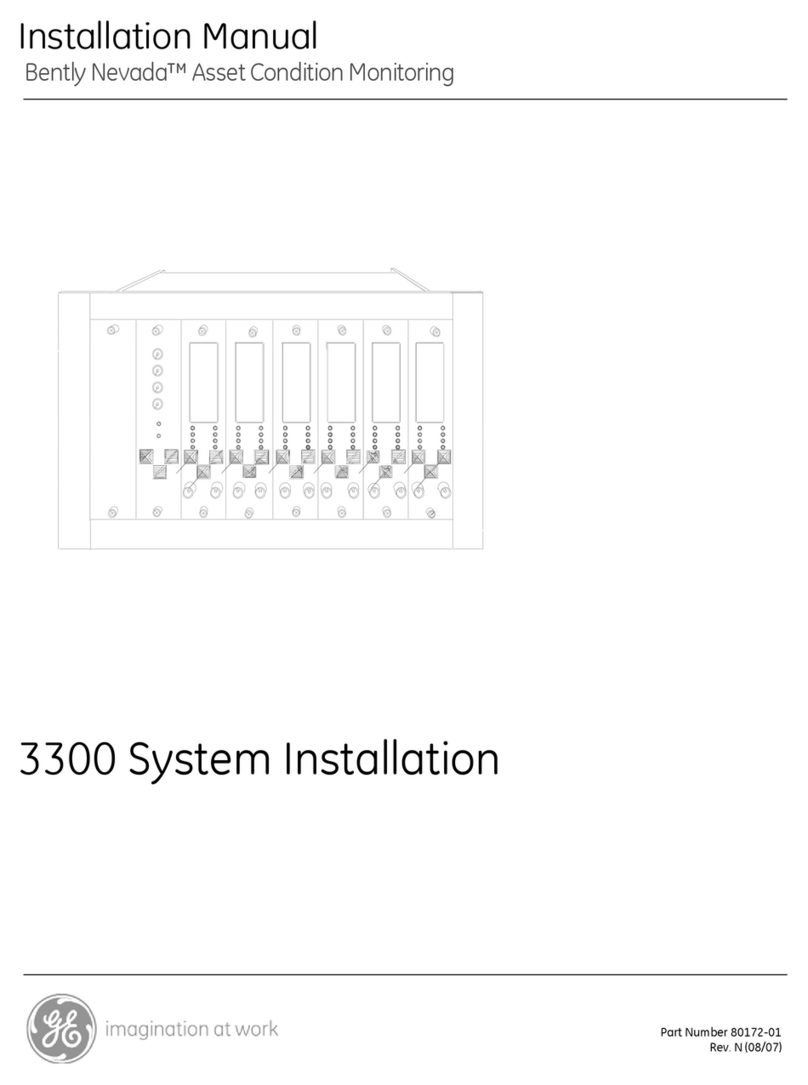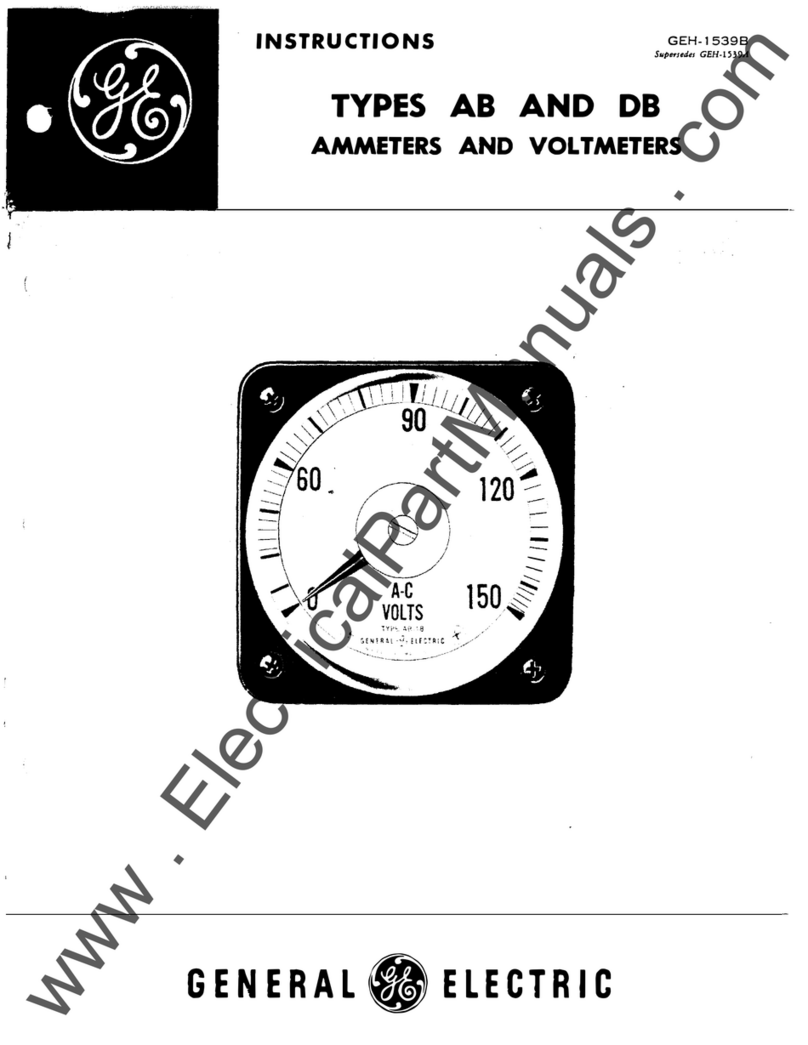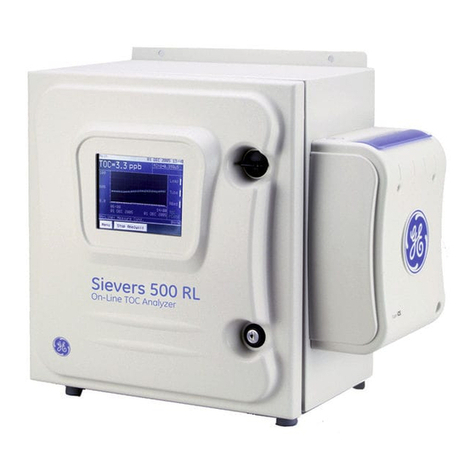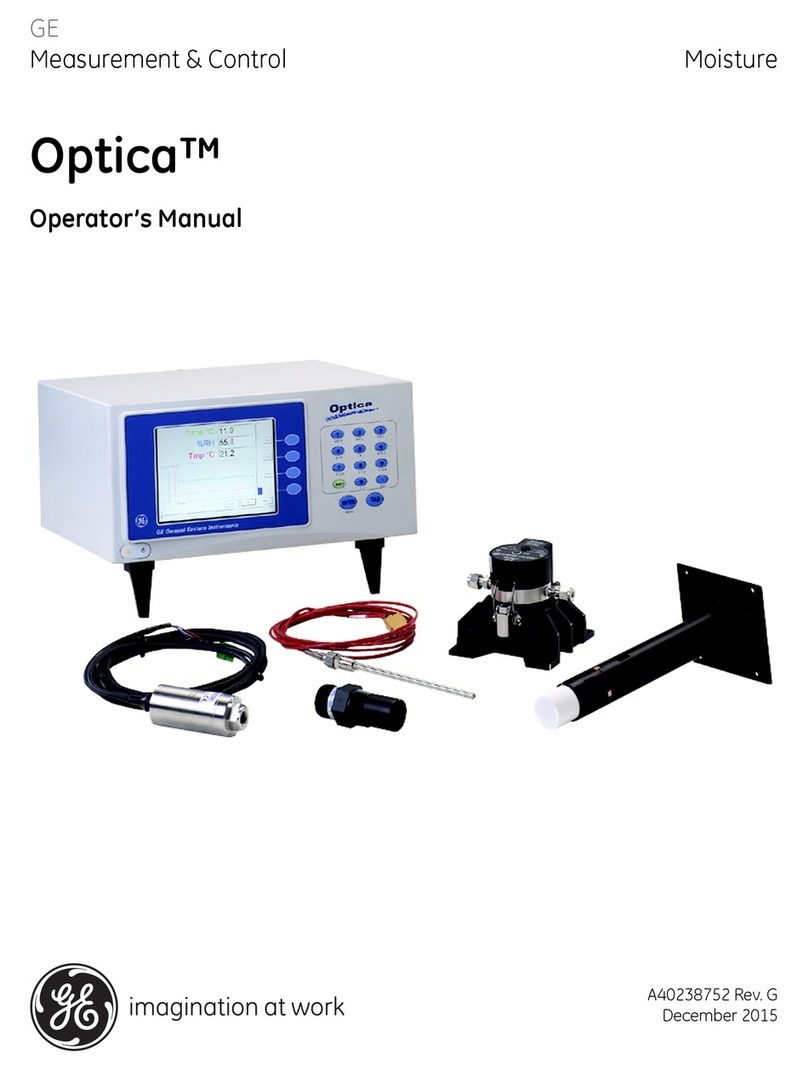
Table of Contents
Page viii DMS 2 Operating Manual
................................................................................... Page
3.4.3 Creating a Data File.................................... 75
3.4.4 Editing the Names of Elevations,
Locations, and other File Content Labels ... 82
3.4.5 Storing A-scans with Thickness
Measurements............................................84
3.4.6 Additional Information on Working with
DataFiles....................................................85
4. Measuring Thickness ................................................... 90
4.1 Working in the Test Mode ....................................... 91
4.1.1 Activatingthe Test Mode............................. 91
4.1.2 Freezing the A-scan Display
(TEST-FREEZE)......................................... 94
4.1.3 Using the Minimum-Capture Mode for
Enhanced Measurement ............................95
4.2 Measuring and Recording Thickness .....................97
4.2.1 Opening an Existing Data File .................... 97
4.2.2 Activating the Test Mode and Storing
Measurements............................................98
4.2.3 Closing a Data File ................................... 101
................................................................................... Page
4.3 Data Enhancement Features................................ 102
4.3.1 Attaching Comments to a Data Point........ 102
4.3.2 Recording Detailed Measurements with a
Micro-Grid................................................. 104
4.3.3 EditingExisting Files with theAppend,
Insert, and Delete Functions..................... 106
4.3.4 Changing the Digital Thickness Display to
Indicate an Uncoupled Probe
(I/O — LAST R) ........................................ 110
4.4 Adjusting theA-scan Display .................................111
4.4.1 How the A-scan Display can be Modified ..111
4.4.2 Adjusting the Instrument’s Gain................ 114
4.4.3 Adjusting Range ....................................... 115
4.4.4 PositioningtheA-scan with DELAY .......... 117
4.4.5 Purpose of the A-gate and B-gate ............ 118
4.4.6 Choosing the Rectification Method ........... 124
4.5 Working with B-scan Thickness Mapping.............126
4.6 Saving, Recalling, Clearing TG Setups
(Parameter Sets) .................................................. 130
............................................................................................
